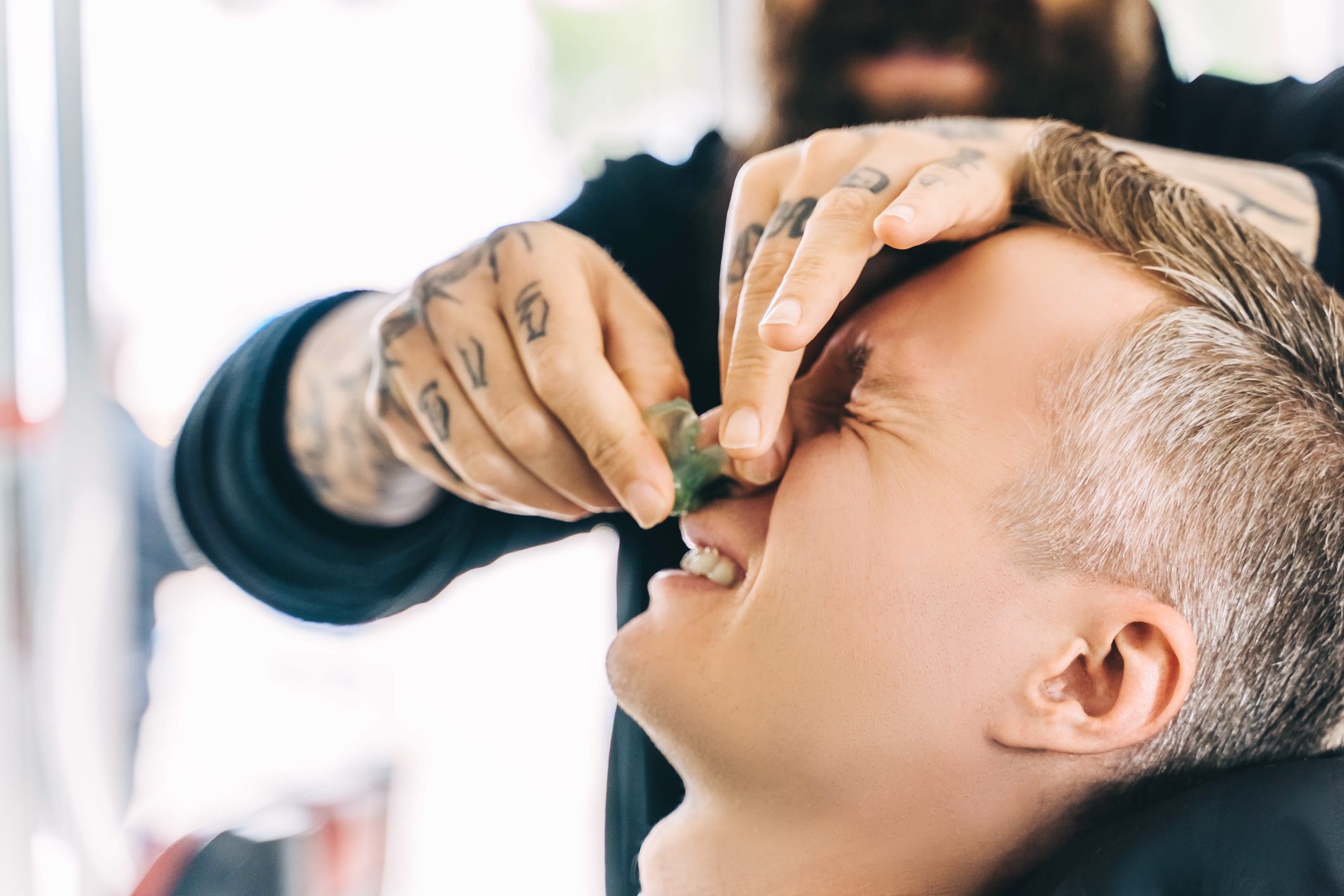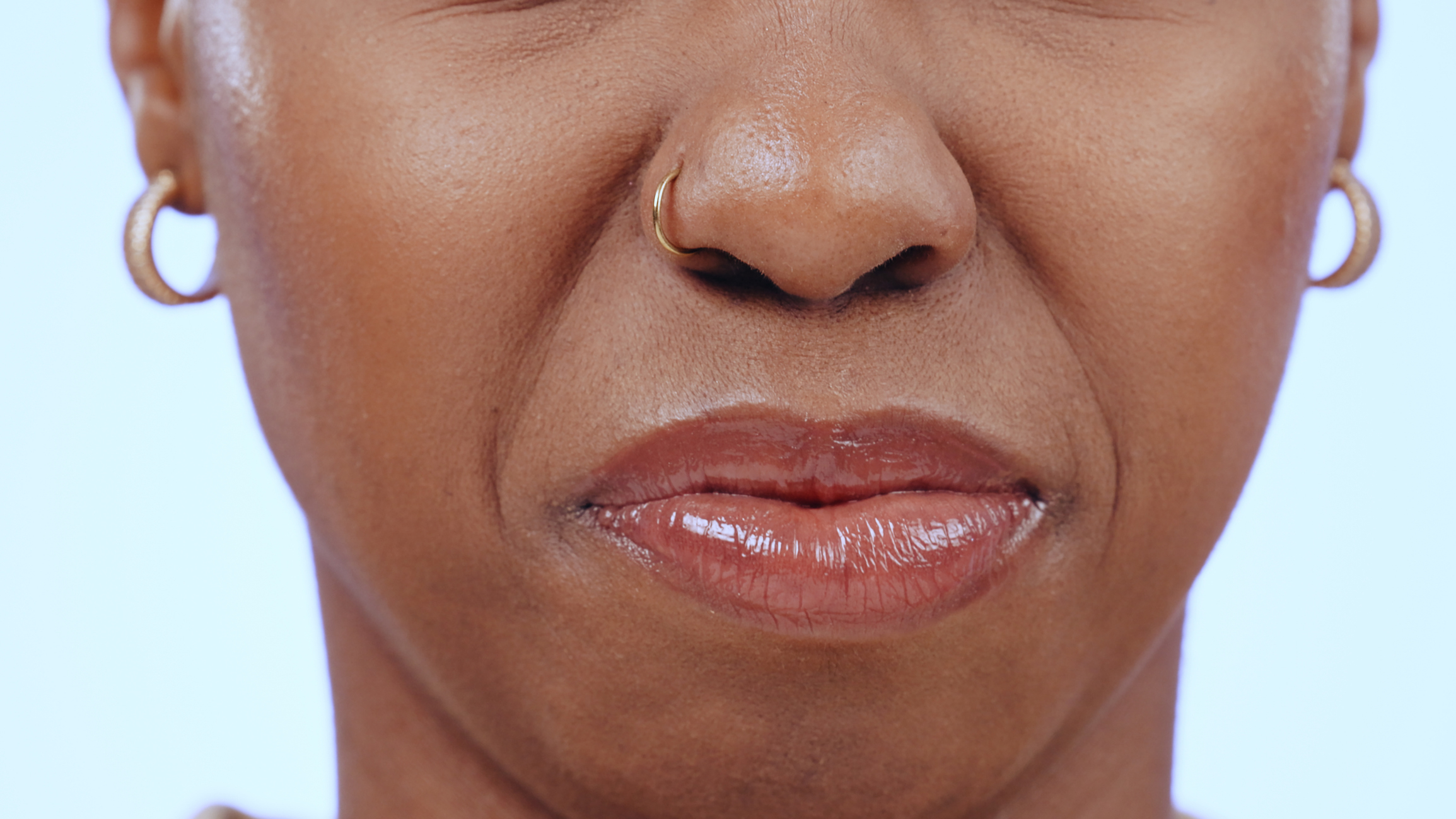Doctors have had to deal with some somewhat unpleasant side essence of this democratic training practice .
Choosing to go hair - free on orbit like your leg , munition and pubic area is your prerogative , but when it comes to the hair live inside your nozzle , they ’re better leave unmoved .
“ The nose is a delicate area with numerous ancestry vessels and mucous membrane , ” saidDr . Don J. Beasley , an Idaho - based board - certified otolaryngologist ( also known as an ear , nose and throat medical specialist ) . Whether you ’re DIYing it or getting service at a salon , yanking out your nose hairs — especially if it ’s done improperly or without proper hygiene practices in blank space — may increase the risk of contagion , lead to complications such as folliculitis or rhinal cellulitis .

Below , we spoke with expert to find out the risks of nose fuzz waxing and tweezing , as well as the safer option .
The Importance Of Nose Hairs
You may not have feed your nose fuzz a second thought ( aside from how unpleasant they may be ) , but the fact is , they ’re there for a reason .
“ The primary persona of nose hairs is to immobilise detritus , pollen and other airborne particles in the air so that the air you breathe is partially filtered , ” saidDr . Michael Jacobs , a New York - free-base board - demonstrate skin doctor and associate professor of dermatology at Weill Cornell Medical College . He explain that the haircloth act as a strong-arm barrier , keep these allergens from entering the nasal passages and potentially causing irritation or harm to the respiratory system .
Nose hair also play a protective office by alerting us to likely risk , Beasley allege . “ When something touches the nostril hair , such as a small insect or other irritant , it triggers a automatic sneeze , which is the body ’s way of expelling the intruder or irritant , ” he explain .

Beyond this , nose hairs aid to maintain optimum wet spirit level in the nasal passages . “ Nose hairs yap wet from exhaled air travel , preventing the pinched passages from becoming too dry , ” Beasley said . “ This moisture avail to moisturise the melodic line we catch one’s breath , making it more comfortable for our respiratory organization . ”
What Are The Risks Of Nose Hair Waxing?
olfactory organ hair waxing can be tantalising because it provides longer - lasting result compared to substitute methods like pare . But all removing your nozzle hairs means take the filtration system of rules that ’s essential to keep on you hefty and warding off infections like nasal vestibulitis and nasal abscess , saidDr . Nicole Aaronson , a Delaware - based board - certified otolaryngologist . “ While waxing does n’t necessarily countermine the immune system , it does breach the skin barrier by creating opening for bacterium to get into the deeper tissues , thus creating the opportunity for infection , ” she read .
Nose hair waxing can also get with some side effects , especially if performed in the handwriting of an untrained soul ― or if you do it yourself , for that matter . For one , Aaronson said that wax that ’s too hot can burn the nasal mucosa , or the tissue lining the nasal pit . This removal of the top layer of peel can also create small-scale lesions in the nose and put you at greater risk of contagion . Plus , waxing can be an irritating process in general . “ Nose waxing can be an uncomfortable experience , as the delicate nasal passages can be sensitive to the extract sense , potentially causing temporary pain , redness and irritation , ” Beasley said .
Ingrown hairs may also be an issue with olfactory organ hair waxing . “ An ingrown hair occurs after a hair is removed when the new hair that regenerates from the follicle ca n’t break through the skin , ” Aaronson explained . “ Because wax pull out the haircloth by the roots , the fuzz must recover its mode out through the outer level of the skin again ( unlike other hair remotion methods where the hair is left at the skin ’s control surface ) . ”

So , what about partial olfactory organ pilus rise ( that is , removing only the hair located at the front part of the olfactory organ ) ? Aaronson said to avoid this practice , as it “ carries all of the same risk of nasal vestibulitis , ingrown hairs and burning . ” Ultimately , Jacobs discourage against nose hair waxing tout ensemble to forfend the jeopardy of inhaling more toxin and particles , irritating the nasal membranes and creating ingrowing hair .
Alternatives To Nose Hair Waxing
Waxing and fond waxing are already off the table , and you may also bring tweezing to the list . Aaronson say to avoid hook out your olfactory organ hairs , noting that she has had to perform incision and drain of nasal abscess related to plucking of adenoidal hairs . “ I would not urge this method acting of hair removal for the nose , ” she said .
If you find that your nose hairsbreadth are reaching lengthy , unsightly altitude , you’re able to essay carefully trimming them with a clean-living pair of supercilium scissors , which are effective for take away sprawl hairs that are visibly sitting underneath the nostril . If you ’re implicated with hurting yourself during this process , opt for angled scissor grip with rounded summit , as they cut back the risk of accidental nick and cuts and are strategically shaped to get to those hard - to - range field . For trimming haircloth deeper inside the nose , opt for an electric trimmer — these are both safe and easy to use , and take minimal feat on your part .
These two methods of nose hair reduce — rounded scissors and electric trimmers — are much secure option to mount and aid prevent the risk of ingrown hairs and irritation . This clause originally appeared inHuffPost .
